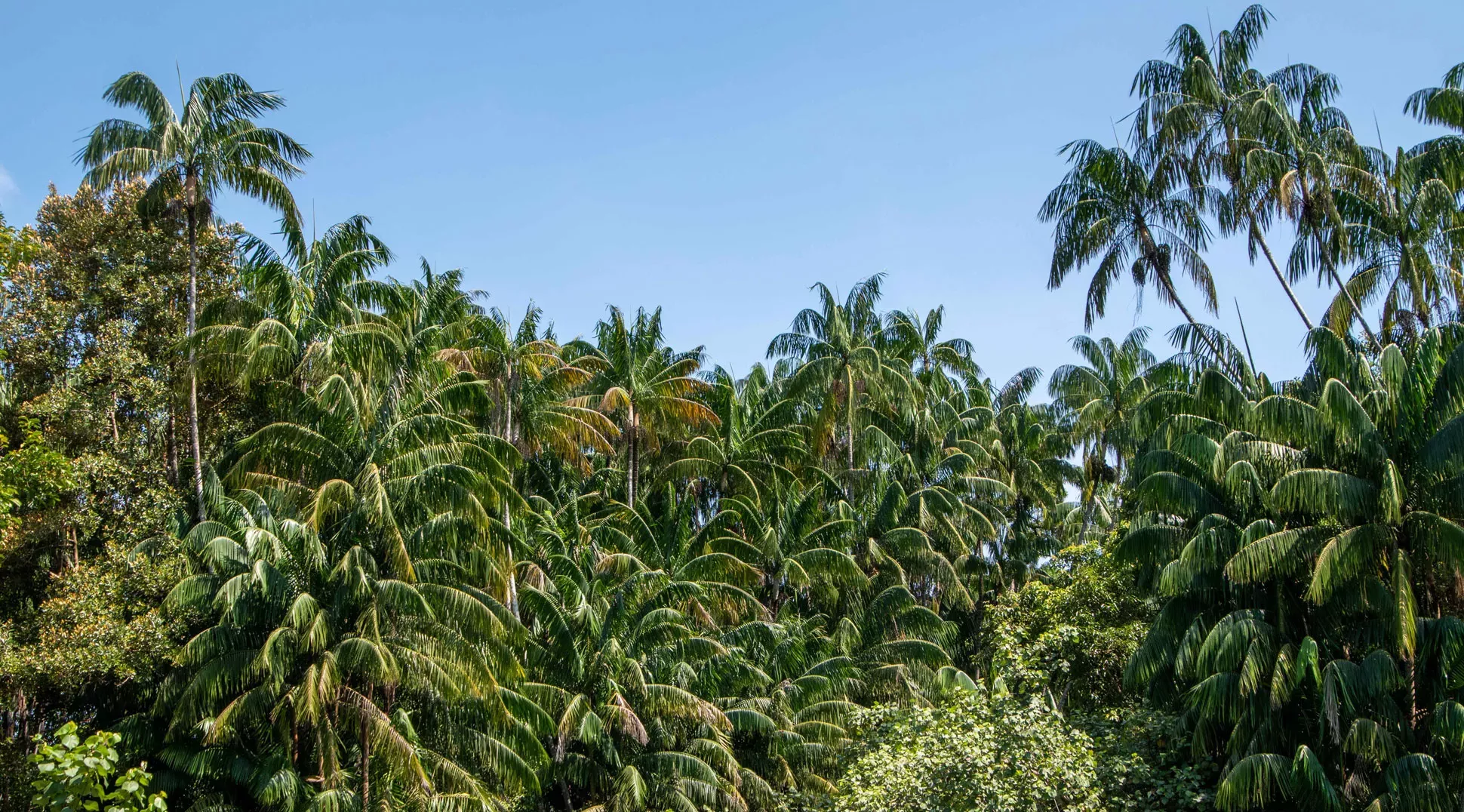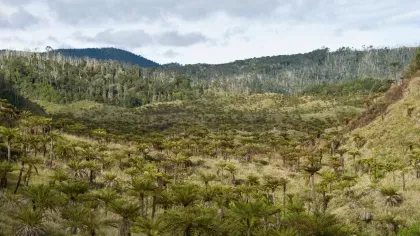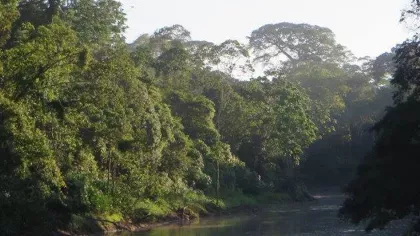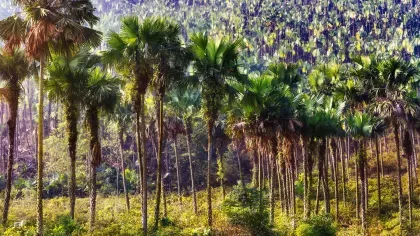8 July 2022
Why does plant diversity vary around the world?
New research examines the mechanisms behind the variation in species richness around the globe

We’ve known for centuries that the tropics are the most biodiverse places on Earth.
Explorer-naturalists who voyaged far and wide such as Charles Darwin, Joseph Banks and Alexander von Humboldt all observed the extensive variety and forms of plant and animal species in regions around the Equator.
While the tropics, particularly dense rainforests like the Amazon, harbour millions of living organisms, arctic regions like tundra, on the other hand, are home to far fewer.
In fact, species richness, that is the number of species in a given area, generally decreases as you move away from the equator towards the north and south poles.
The precise underlying cause of this immense variation in species richness across the planet is hotly debated by scientists. Over time, researchers have proposed many hypotheses and differing explanations.

Textbook theories
One dominant theory is suggests that climate (temperature and rainfall) influences the number of species, not directly but via the rate of diversification.
Put simply, this means warm and wet tropical environments allow species to thrive and develop large populations, so extinction rates are low. At the same time, warmer temperatures drive the formation of new species.
Our new research set out to investigate this idea, known as the Metabolic Theory of Ecology, in plants. This is the first time such an analysis on plant diversity has been undertaken.
We analysed data covering 332,000 seed plants and 99.9% of the world’s surface (with the exception of Antartica). Our results contradict the dominant theory that diversification rate drives the gradient we see in species richness from pole to pole.
In fact, we found that diversification rates are highest in dry areas that experienced major changes in climate millions of years ago.

Biodiversity-climate puzzle
We believe that species richness is likely driven by the antiquity of wet-tropical areas (supporting the “tropical conservatism hypothesis”)
The tropics are a comparatively old biome that also covered more land area in the past when the Earth was warmer. With plenty of space and resources available, diversification may have occurred at low rates, but resulted in the simple accumulation of species over longer time spans.
There is still so much to understand about the intricate relationship between biodiversity and climate. New resources like Kew’s World Checklist of Vascular Plants and large scale evolutionary trees for plants are essential for us to complete the puzzle.
Read the paper
Tietje, M., Antonelli, A., Baker, W.J. et al. (2022) Global variation in diversification rate and species richness are unlinked in plants. PNAS 119: e2120662119.



